How Seniors Can Stay Active After Moving into Assisted Living
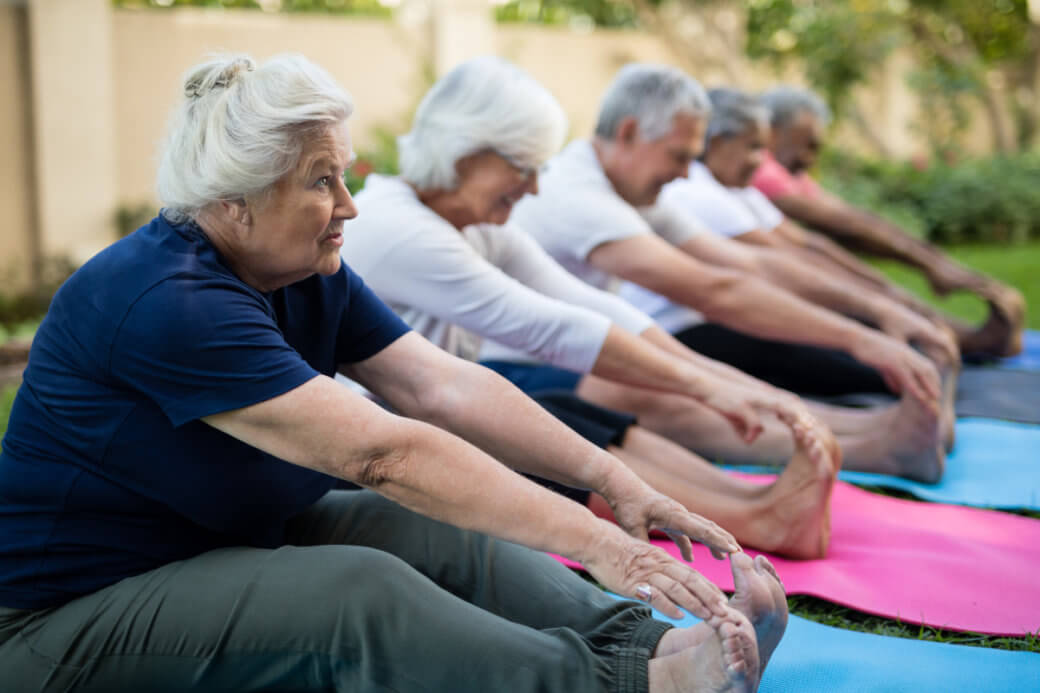
Assisted living is a type of housing designed for seniors who need some assistance with daily activities but do not require the level of care provided in a nursing home. These communities offer a range of services including medication management, meal preparation, and support for activities of daily living.
Facilities also provide recreation, transportation, housekeeping, and other services to support seniors’ overall wellbeing. Staff support residents as they live as independently as they can.
Moving into this type of senior housing doesn’t mean it’s ok to become sedentary. Staying active is a key part of a long, happy life.
MD Senior Living provides luxury senior housing that encourages an active lifestyle. We want all seniors to fully enjoy their golden years while receiving the care and support they need to make it happen.
Why Should Seniors Stay Active?
As we age, staying physically active becomes increasingly important for maintaining overall health and wellbeing. Engaging in regular exercise and physical activity can help seniors maintain their strength, flexibility, and balance, which is necessary for avoiding falls and injuries.
Staying active can help seniors maintain a healthier weight, reduce the risk of chronic diseases such as heart disease, stroke, and diabetes, and improve mental health by reducing stress, anxiety, and depression.
An active lifestyle can also improve cognitive function. Research has shown that engaging in regular physical activity can help to slow cognitive decline, improve memory, and reduce the risk of developing Alzheimer’s disease and other forms of dementia. It also promotes socialization, which prevents isolation and depression.
A senior’s activity levels have a direct impact on their quality of life and independence.
The Benefits of an Active Senior Lifestyle
There are many benefits associated with maintaining an active lifestyle for seniors.
- Physical Health Benefits of Being Active
Regular physical activity helps seniors maintain muscle strength, joint flexibility, and bone density, reducing the risk of falls and fractures. Exercise can also improve cardiovascular health, decreasing the risk of heart disease, stroke, and high blood pressure.
Physical activity also helps seniors manage chronic conditions like arthritis and diabetes. Always follow your doctor’s orders when engaging in activities with a chronic illness.
- Mental Health Benefits of Being Active
An active lifestyle can have a profound impact on a senior’s mental health. Exercise has been shown to reduce symptoms of depression and anxiety, improve mood, and boost self-esteem.
Exercise has been linked to improved cognitive function, including memory, attention, and problem-solving abilities. This can help seniors maintain their independence and stay mentally sharp as they age.
- Social Health Benefits of Being Active
Staying active often involves participating in group activities or engaging with others in the community. This social interaction is essential for seniors’ emotional wellbeing. It reduces feelings of loneliness and isolation.
Going out and doing things with others also helps foster friendships and strengthens existing relationships. Both contribute to an overall sense of happiness.
How Assisted Living Helps Seniors Stay Active
Assisted living helps seniors stay healthy. These facilities offer a variety of programs and activities tailored to senior interests and abilities, ensuring that there is something for everyone.
- On-Site Senior Fitness Programs
Some facilities have fitness areas with equipment or spaces to work out. Most also offer senior fitness classes and activities. Group exercise sessions encourage socialization. Staff will find ways to make exercise fun while sticking to movements that are safe and manageable for residents at all mobility levels.
- Outdoor Spaces and Walking Paths
Many assisted living communities feature landscaped outdoor spaces and walking paths, providing residents with safe, accessible areas to enjoy fresh air, sunshine, and nature. Walking is a low-impact activity that can help older adults maintain their cardiovascular health, strength, and balance.
- Transportation Services
For seniors who need assistance getting to and from off-site activities, many assisted living communities offer transportation services, making it easier for residents to participate in local events, classes, or recreational activities. They can remain a part of the community while enjoying the comforts of senior living.
How to Ease Sedentary Seniors into an Active Lifestyle
If a senior has been leading a sedentary lifestyle, it can be challenging to transition into a more active routine. However, with some patience, encouragement, and support, it is possible to help seniors rediscover the joys of physical activity.
If a senior you love has become more sedentary, they may need more support. You should know these 4 clear signs that it’s time to talk about assisted living. Making the move could be what they need to adopt a healthier, more active lifestyle.
How can seniors safely move away from a sedentary way of life?
- Start Slowly and Gradually Increase Activity
It’s essential to start slowly and gradually increase activity levels to prevent injury and burnout. Begin with gentle activities such as stretching exercises, chair yoga, or short walks, and gradually add more challenging activities as the senior’s fitness level improves.
- Encourage Participation in Group Activities
Group activities can provide seniors with the motivation and support they need to start and maintain an active lifestyle. Encourage seniors to participate in group activities available in their assisted living community or local senior center that cater to their interests and abilities.
- Set Realistic Goals and Celebrate Progress
Setting realistic goals can help seniors stay motivated and feel a sense of accomplishment as they work towards a more active lifestyle. It’s essential to celebrate progress, no matter how small, to help seniors build confidence and stay committed to their fitness goals.
- Offer Emotional Support and Encouragement
Transitioning to a more active lifestyle can be challenging, and seniors may need emotional support and encouragement along the way. Be patient, listen to their concerns, and offer reassurance and positive reinforcement to help them stay motivated and committed to their goals.
- Remember to Focus on Their Progress
It can be easy to get discouraged when someone else with similar goals is further along than we are. Avoid comparing progress with others. Instead, encourage your loved one to compare where they are now with where they were when they started. This can help them stay motivated and gain a better view of the progress they have made.
Staying active is crucial for seniors’ overall health and wellbeing. Assisted living communities provide ample opportunities for residents to move more. By participating in on-site fitness programs, group activities, and social events, seniors can reap the physical, mental, and social health benefits associated with an active lifestyle.


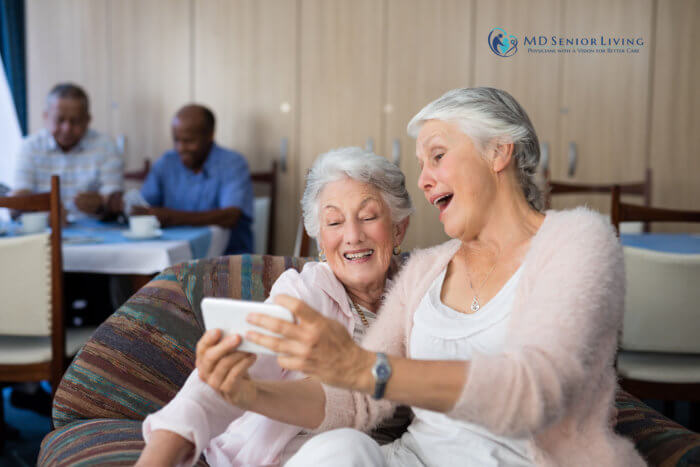
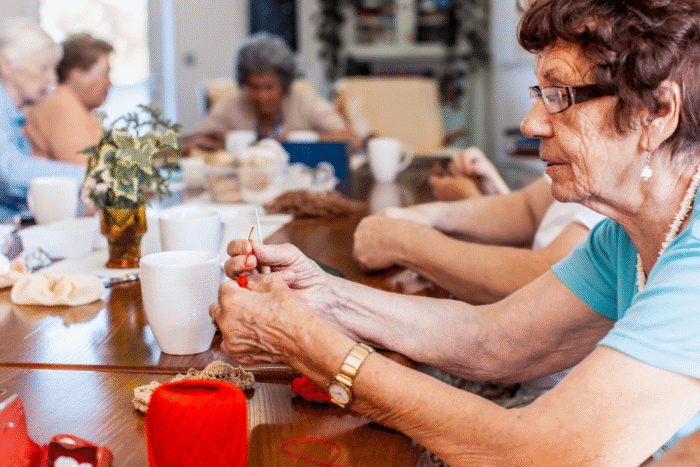
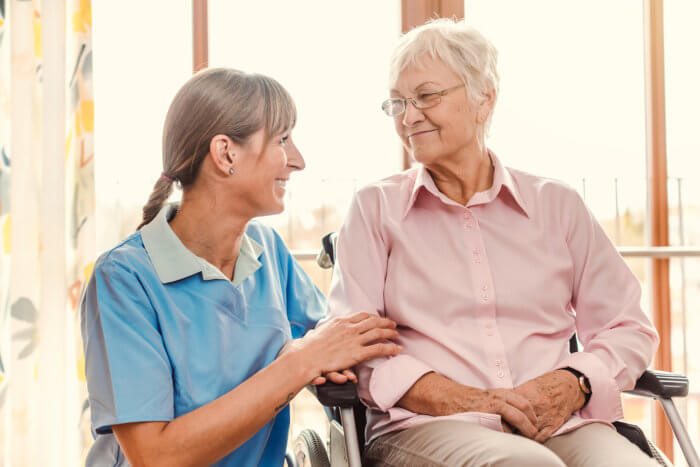
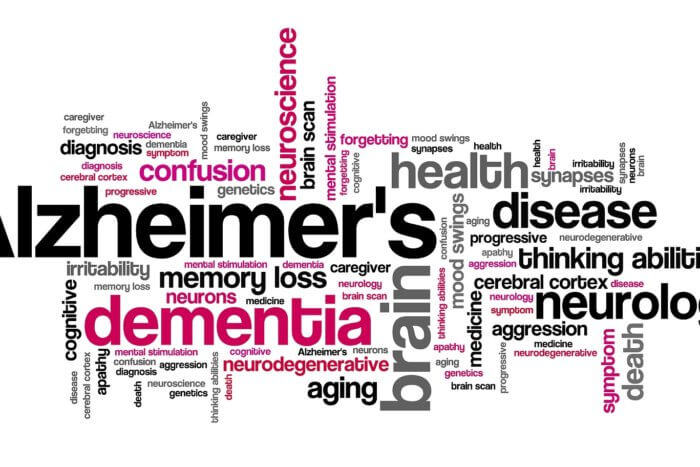
Leave a Comment